Increased Air Travel Demand
The Aircraft Hangar Market is experiencing a notable surge in demand due to the increasing number of air travelers. As more individuals opt for air travel, airlines are expanding their fleets to accommodate this growth. According to recent data, the number of commercial aircraft deliveries is projected to rise significantly, leading to a corresponding increase in the need for hangar space. This trend suggests that the Aircraft Hangar Market will likely see a robust expansion as airports and private operators invest in new facilities to house their growing fleets. Furthermore, the rise in air travel is not limited to commercial airlines; private aviation is also on the rise, further driving the demand for hangars. Consequently, the Aircraft Hangar Market is poised for substantial growth in the coming years.
Expansion of Private Aviation
The Aircraft Hangar Market is witnessing a notable expansion driven by the growth of private aviation. As more individuals and corporations invest in private aircraft, the demand for dedicated hangar space is increasing. This trend is particularly evident in regions where wealth accumulation is on the rise, leading to a greater number of private jets and helicopters. According to industry reports, the number of private aircraft is expected to grow steadily, necessitating the construction of new hangars to accommodate these assets. Furthermore, the rise of fractional ownership and charter services is contributing to this demand, as more operators seek efficient facilities for their fleets. Thus, the Aircraft Hangar Market is likely to benefit from this expansion, as investments in private aviation continue to grow.
Growing Focus on Sustainability
Sustainability initiatives are becoming a focal point within the Aircraft Hangar Market. As environmental concerns gain prominence, stakeholders are increasingly seeking eco-friendly solutions in hangar construction and operation. This includes the use of sustainable materials, energy-efficient designs, and waste reduction practices. Regulatory bodies are also encouraging the adoption of green building standards, which could influence the Aircraft Hangar Market significantly. For instance, hangars that incorporate renewable energy sources, such as solar panels, are becoming more prevalent. This shift towards sustainability not only meets regulatory requirements but also appeals to environmentally conscious consumers and businesses. Consequently, the Aircraft Hangar Market is likely to see a rise in demand for sustainable hangar solutions, reflecting broader trends in the aviation sector.
Regulatory Compliance and Safety Standards
Regulatory compliance is a critical driver in the Aircraft Hangar Market, as safety standards become increasingly stringent. Authorities are implementing more rigorous regulations regarding the construction and operation of hangars to ensure the safety of aircraft and personnel. This trend necessitates that hangar operators invest in upgrades and modifications to meet these evolving standards. Compliance with safety regulations not only protects assets but also enhances operational efficiency. As a result, the Aircraft Hangar Market is likely to see increased investment in facilities that adhere to these regulations. Moreover, the emphasis on safety is expected to drive innovation in hangar design and technology, further shaping the future of the Aircraft Hangar Market.
Technological Innovations in Hangar Design
Technological advancements are playing a crucial role in shaping the Aircraft Hangar Market. Innovations in hangar design, such as the use of advanced materials and construction techniques, are enhancing the efficiency and functionality of these facilities. For instance, the integration of smart technologies allows for better management of hangar operations, including maintenance scheduling and space utilization. Additionally, the implementation of energy-efficient systems is becoming increasingly common, aligning with sustainability goals. As a result, the Aircraft Hangar Market is likely to benefit from these technological innovations, which not only improve operational efficiency but also reduce long-term costs for operators. The trend towards modernizing hangar facilities is expected to continue, further driving investment in the Aircraft Hangar Market.



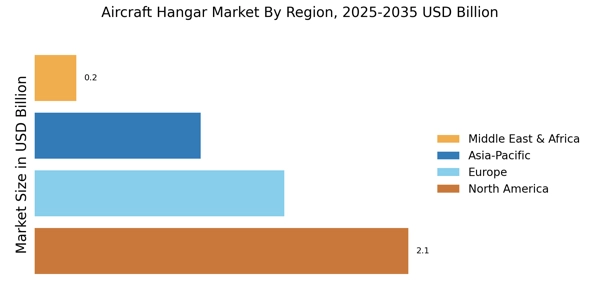
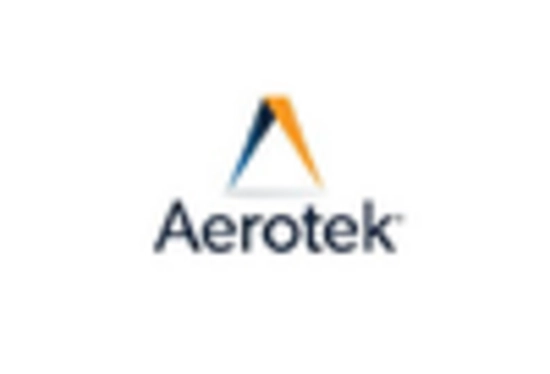

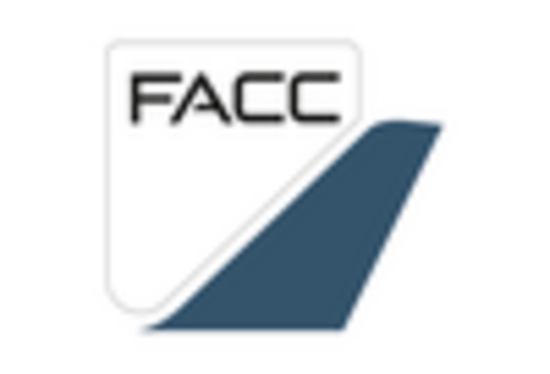
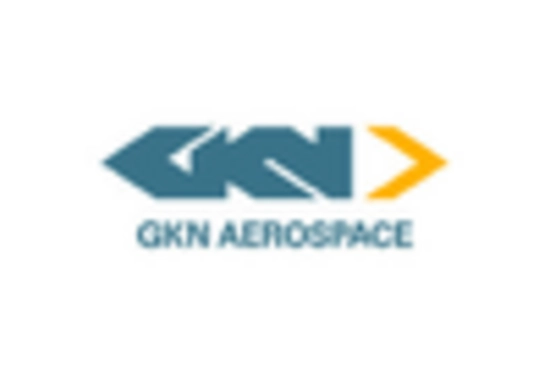
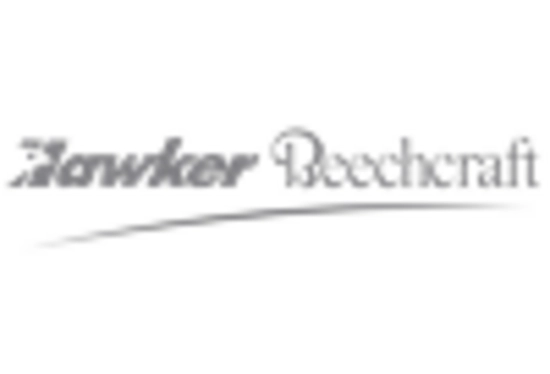
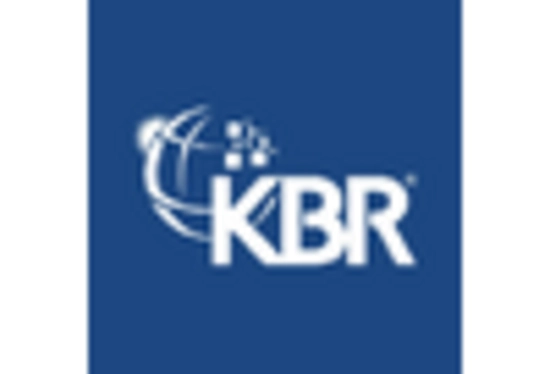








Leave a Comment